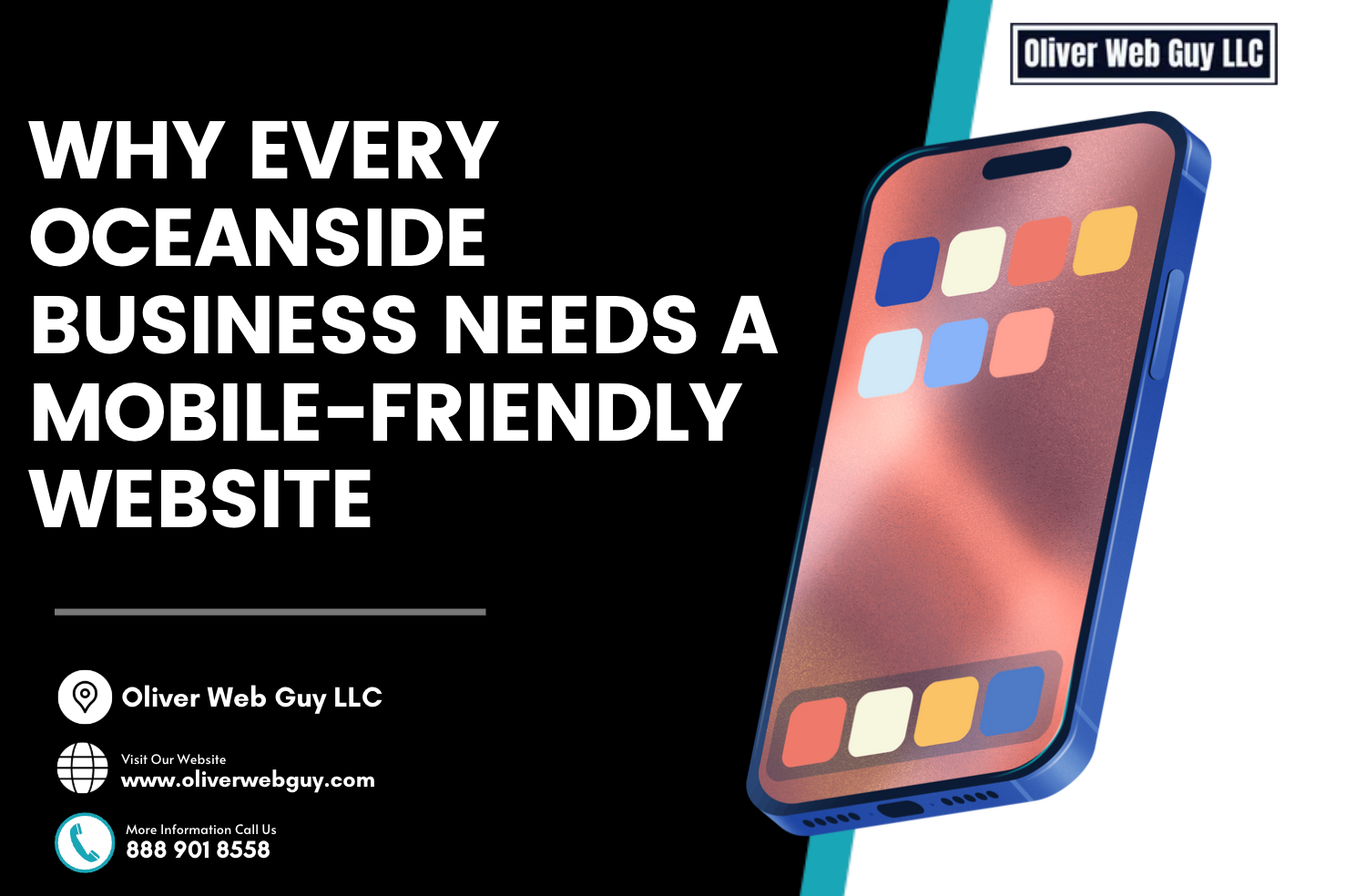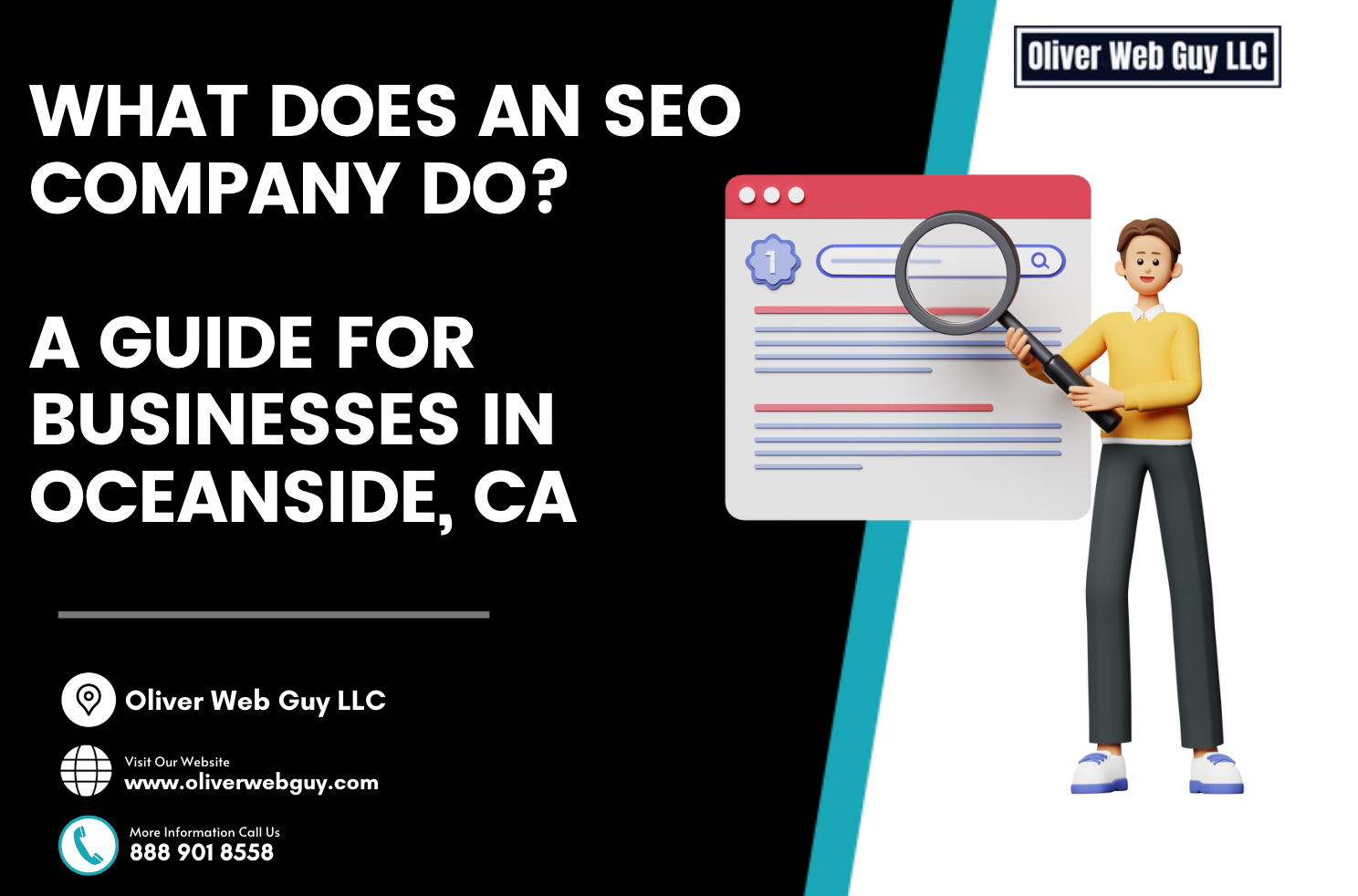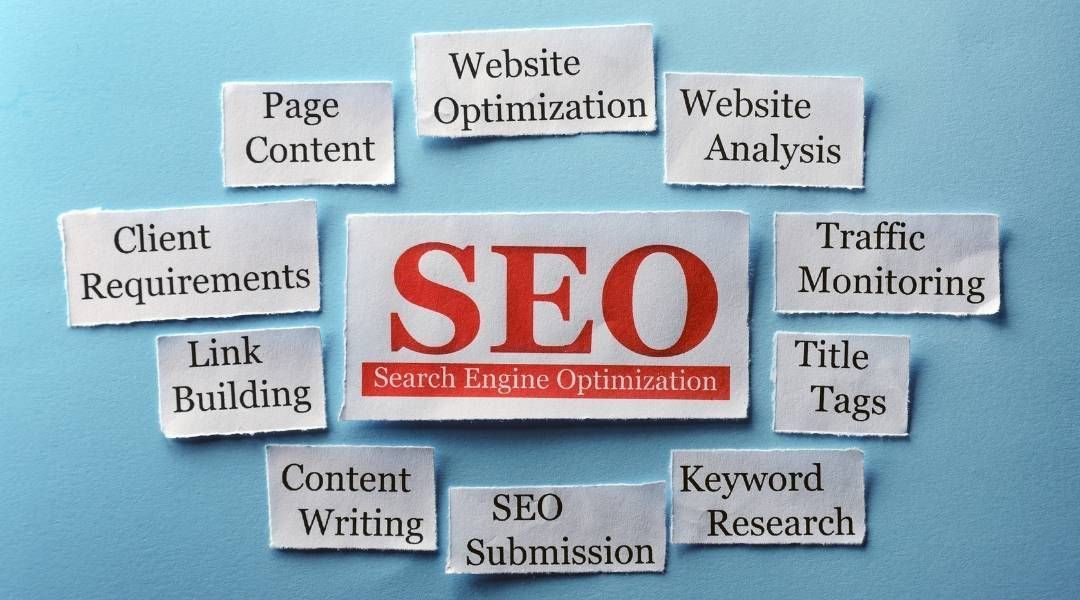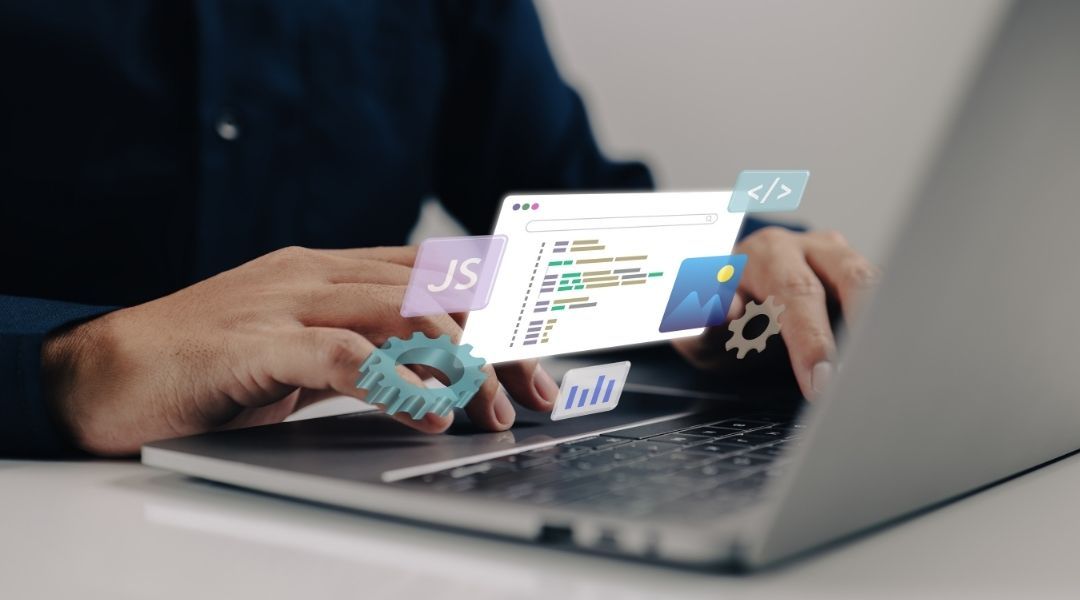
Improve User Experience with Mobile-First Design
When you craft a website, think "mobile-first" to ensure your site shines on any device. Begin with the basics for small screens. Then, add more features as screen sizes grow.
This approach means every user gets a smooth experience, whether they're browsing on their phone or desktop. Consider Oceanside web design's embrace of sleek mobile interfaces that captivate users and drive engagement. Since smartphones are now vital in our daily lives, building sites tailored for these devices isn't just clever; it’s essential for staying ahead in today's digital world.
Prioritizing Touch Over Click for Navigation
When you tap your phone, the screen should know just what you want. For that to work well, buttons must be big enough. Think about 44 pixels square, as Apple suggests. You need room around links and icons. It means less chance of a wrong press.
Forget mouse hovers; they don't help here. Consider how we use apps. They're smooth with lots to touch without page loads: sliding menus or widgets that pop open are good examples. Use simple images for mobile screens - big photos get lost on small displays.
Always test on an actual device. You'll see what works and what doesn’t firsthand. On tablets, more space lets us add extras safely. The key isn't overdoing it! Keep those vital call-to-action spots easy to hit. A finger's reach away. Remember this when designing: make hits easy, keep things clear, and stick to essentials first.
Enhancing Readability with Responsive Fonts
Responsive fonts are key in mobile design. They adjust to screen size, making text clear on any device. On big or small screens, the font changes so reading stays easy, a must for good user experience!
This way, you ensure everyone reads your content without strain. Now, think of those who use phones often; they scroll fast and need info quickly. Responsive fonts help by being legible at a glance – no zooming needed!
And as people read what's easy first, responsive fonts keep them on your page longer. But it’s not only about size or looks; loading times matter too with these fonts. Fast-loading equals less wait time for readers, which is great because nobody likes slow pages.
Here’s the thing: be careful when mixing up different styles and weights of typefaces in one layout since this can hurt load speeds and disrupt smoothness while browsing through your site's content. Keep it tidy! Lastly, remember that using well-contrasted colors helps readability even more alongside responsive font features!
Embrace
mobile-first design to enhance user experience. This approach prioritizes the needs of mobile users, ensuring websites load quickly and navigate easily on smaller screens. Smooth scrolling, responsive buttons, and clear text boost interactions from smartphones or tablets.
By designing for these devices first, you cater to a growing audience who prefers browsing on-the-go over desktop use. Oliver Web Guy understands this shift. We create sleek sites that engage your visitors wherever they're in line at a cafe or lounging at home with just their phone in hand.












Contact Us
Address: 419 N Ditmar St, Oceanside, CA 92054